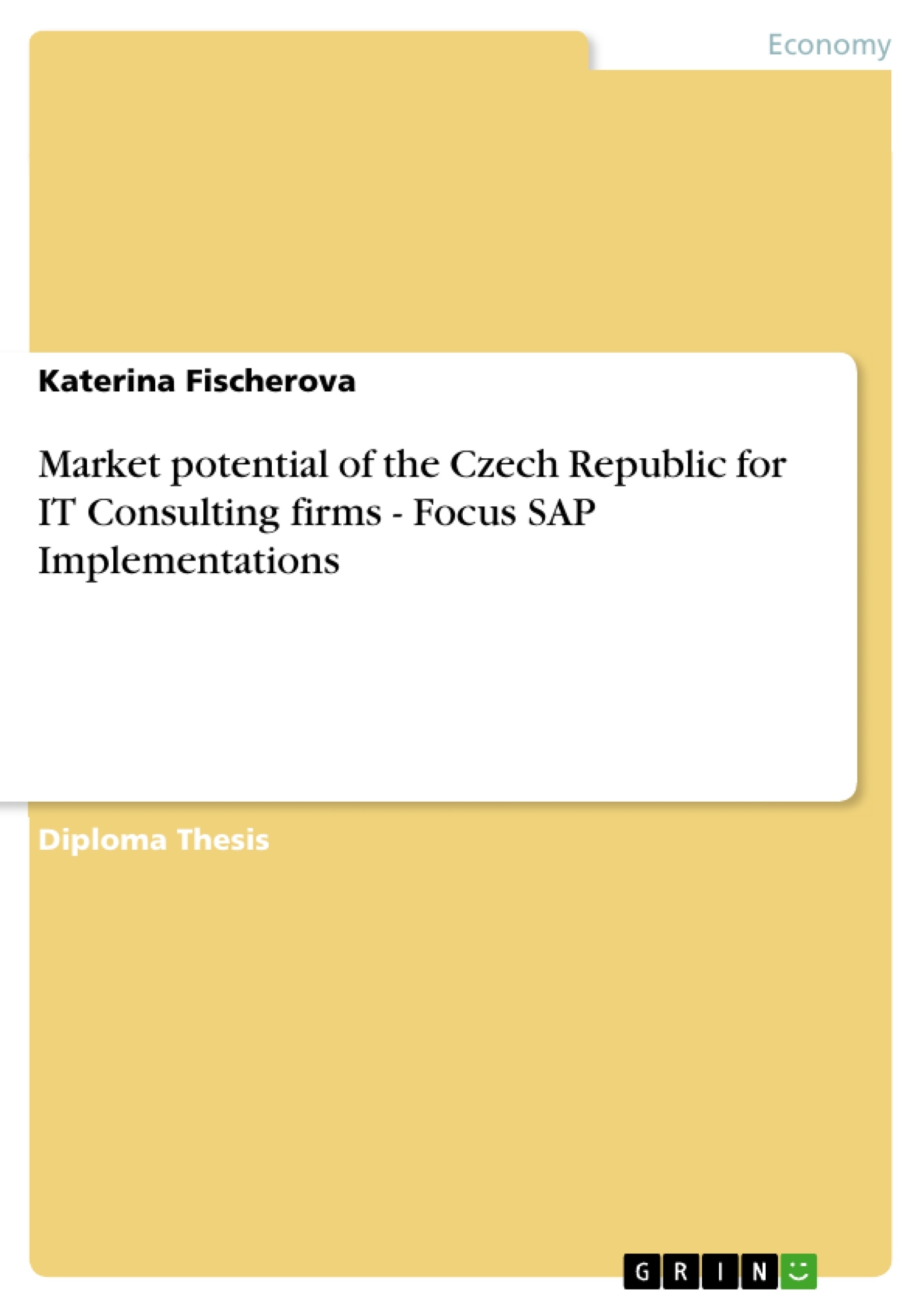The determination to expand abroad especially in the form of foreign direct investment involves very important and complex decisions that have to be based on a detailed analysis and understanding of opportunities as well as threats. The main goal of this thesis is to provide a framework for this decision making in the context of the formulation of long-term competitive strategy.
Inhaltsverzeichnis (Table of Contents)
- INTRODUCTION
- Goals and limitations
- Organisation and contents
- STRATEGIC MANAGEMENT & PROFESSIONAL SERVICE FIRMS
- Definitions
- Basics of strategic management
- Professional service firms
- Strategic management – past and present
- Corporate planning
- Competitive advantage – key determinant of success
- Resource-based management
- Positioning strategies
- INTERNATIONAL EXPANSION
- Motives to expand abroad
- External and internal influences
- Market and financial imperfections
- Analysis of potential markets
- International market screening
- Assessment of a single country's potential
- MACRO-LEVEL ANALYSIS OF THE CZECH REPUBLIC
- Transformation process
- Liberalisation
- Macroeconomic development
- Structural and institutional reforms
- Political and regulatory environment
- Outline of political development
- Regulations and incentives for foreign investors
- Cultural characteristics
- Foreign Direct Investment
- ANALYSIS OF THE CZECH IT MARKET
- Five forces framework
- Potential of IT market – proxy variables
- E-business
- SAP Implementations
- SAP CR s.r.o.
- Customers
- Competitors
- Intensity of competition
- Success factors
- Evaluation of the market potential - market nicher strategy
- CONCLUSION
Zielsetzung und Themenschwerpunkte (Objectives and Key Themes)
This thesis analyzes the market potential of the Czech Republic for IT consulting firms, focusing on SAP implementations. The study aims to identify key factors influencing the market's attractiveness and to evaluate the potential for success using a market niche strategy. The key themes explored are:- Strategic management and professional service firms
- International expansion and its motivations
- The Czech Republic's macroeconomic environment and its implications for foreign investment
- The Czech IT market, including the role of SAP implementations
- The evaluation of market potential through the lens of a market niche strategy
Zusammenfassung der Kapitel (Chapter Summaries)
- Chapter 1: Introduction - Outlines the goals, limitations, and structure of the thesis.
- Chapter 2: Strategic Management & Professional Service Firms - Provides a comprehensive overview of strategic management theory, focusing on the specifics of professional service firms. It delves into historical evolution and current practices, including resource-based management and positioning strategies.
- Chapter 3: International Expansion - Explores the motives behind international expansion, categorizing them into internal and external influences and market/financial imperfections. The chapter also presents a methodology for analyzing potential markets, encompassing international market screening and single-country assessment.
- Chapter 4: Macro-Level Analysis of the Czech Republic - This chapter focuses on the transformation process of the Czech Republic, examining liberalization, macroeconomic development, and structural/institutional reforms. It further investigates the country's political and regulatory environment, cultural characteristics, and foreign direct investment trends.
- Chapter 5: Analysis of the Czech IT Market - This chapter analyzes the Czech IT market using Porter's Five Forces Framework. It examines the potential of the IT market based on proxy variables, focusing on the role of e-business and SAP implementations. The chapter specifically delves into the dynamics of SAP CR s.r.o., its customers, competitors, and key success factors in the market.
Schlüsselwörter (Keywords)
The primary focus of this thesis lies on the market potential of the Czech Republic for IT consulting firms, specifically those specializing in SAP implementations. Key themes include strategic management, international expansion, macroeconomic analysis, the Czech IT market, and market niche strategy. The study also considers factors like the Czech Republic's transformation process, its political and regulatory environment, cultural characteristics, foreign direct investment, e-business, and key success factors for IT consulting firms.
Final del extracto de 131 páginas
- subir
- Citar trabajo
- Katerina Fischerova (Autor), 2000, Market potential of the Czech Republic for IT Consulting firms - Focus SAP Implementations, Múnich, GRIN Verlag, https://www.grin.com/document/185398
Leer eBook



